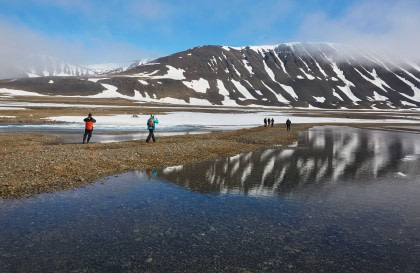12 essential wildlife attractions of Svalbard (esp. Spitsbergen)
Each of our Arctic areas of operation offers its own unique and equally unforgettable feature: Greenland is great for mountainous shorelines and record-setting fjords, Northern Norway is the place to go for the aurora borealis and historic masted schooners, and Svalbard (particularly Spitsbergen) is where you’re most likely to encounter the more common and coveted Arctic animals.
That said, none of these areas is limited to the aforementioned attractions, and we should stress that you can experience nearly all Arctic essentials (snow-capped peaks, expansive fjords, and a range of endemic wildlife) on just about any Arctic cruise.
But since we’re dealing with nature, we need to talk in terms of probabilities. And your best probability of seeing iconic Arctic animals will occur in Svalbard. Below are a few species you could meet there, included as much for their popularity as the likelihood we’ll see them.
1. Arctic fox
Among the more common animals we spot in Svalbard is also among its most beloved. The Arctic fox can often be seen hunting below the area’s many bird cliffs. They turn white in the winter, but their unusually warm fur keeps them protected throughout the year.
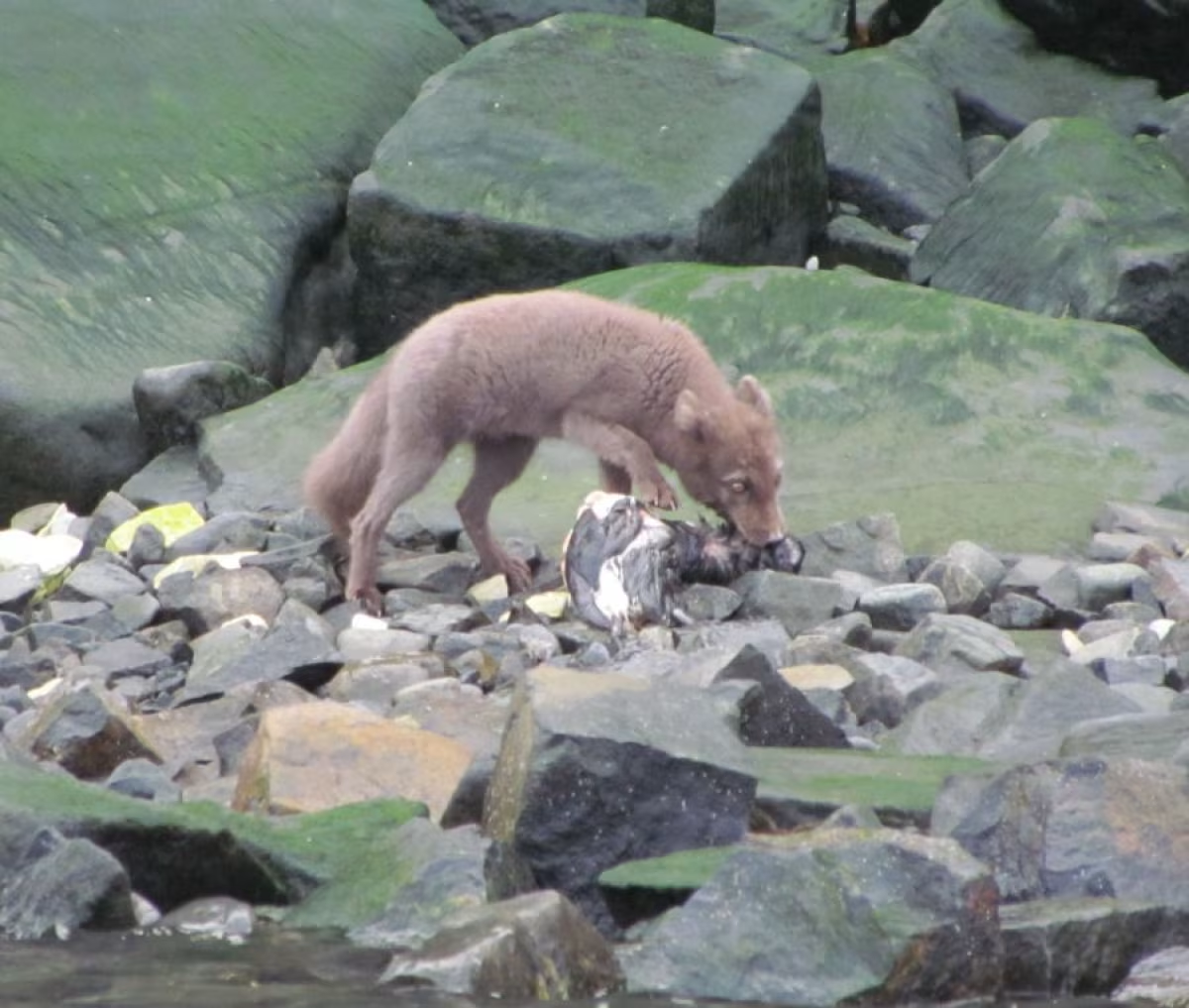
2. Bearded seal
This is the largest seal species in the Arctic, known for its long whiskers and loud voice. In fact, the song of the male bearded seal can be heard up to 20 km (12.4 miles) away.
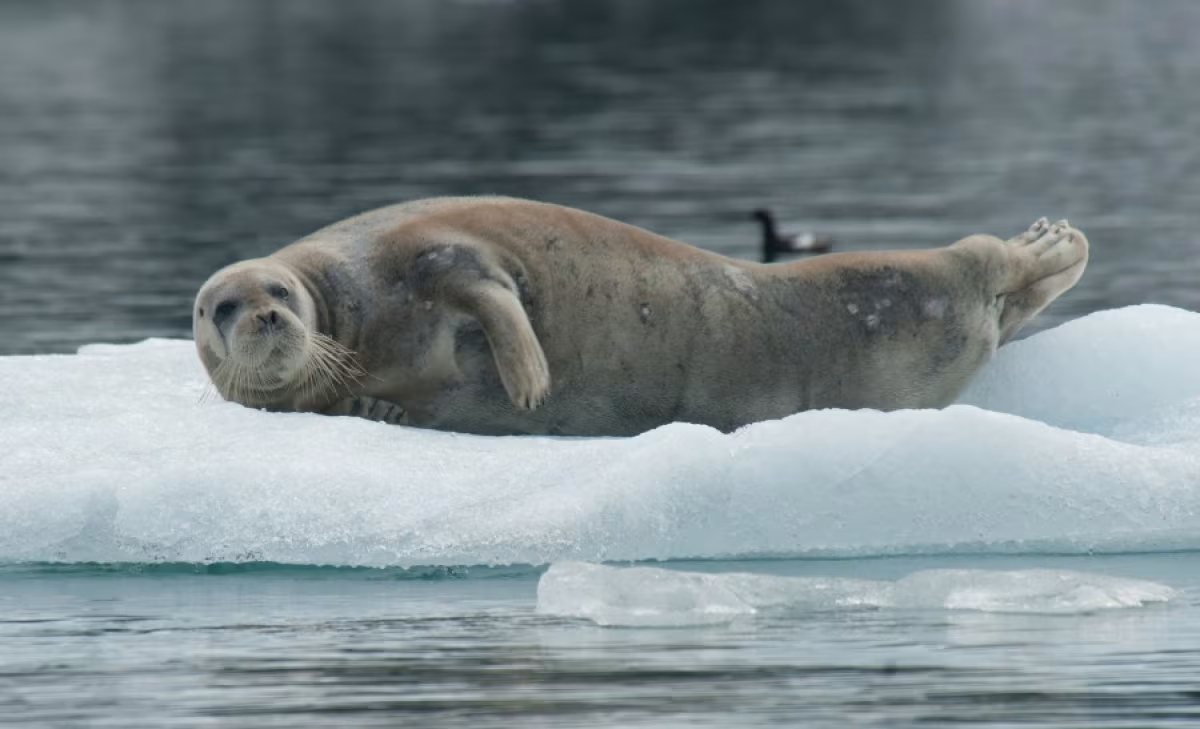
3. Kittiwake
As mentioned, bird cliffs are a regular feature of Svalbard and its principal island of Spitsbergen. And one of the more frequently seen birds there is the kittiwake, a species of gull named for its bird call.
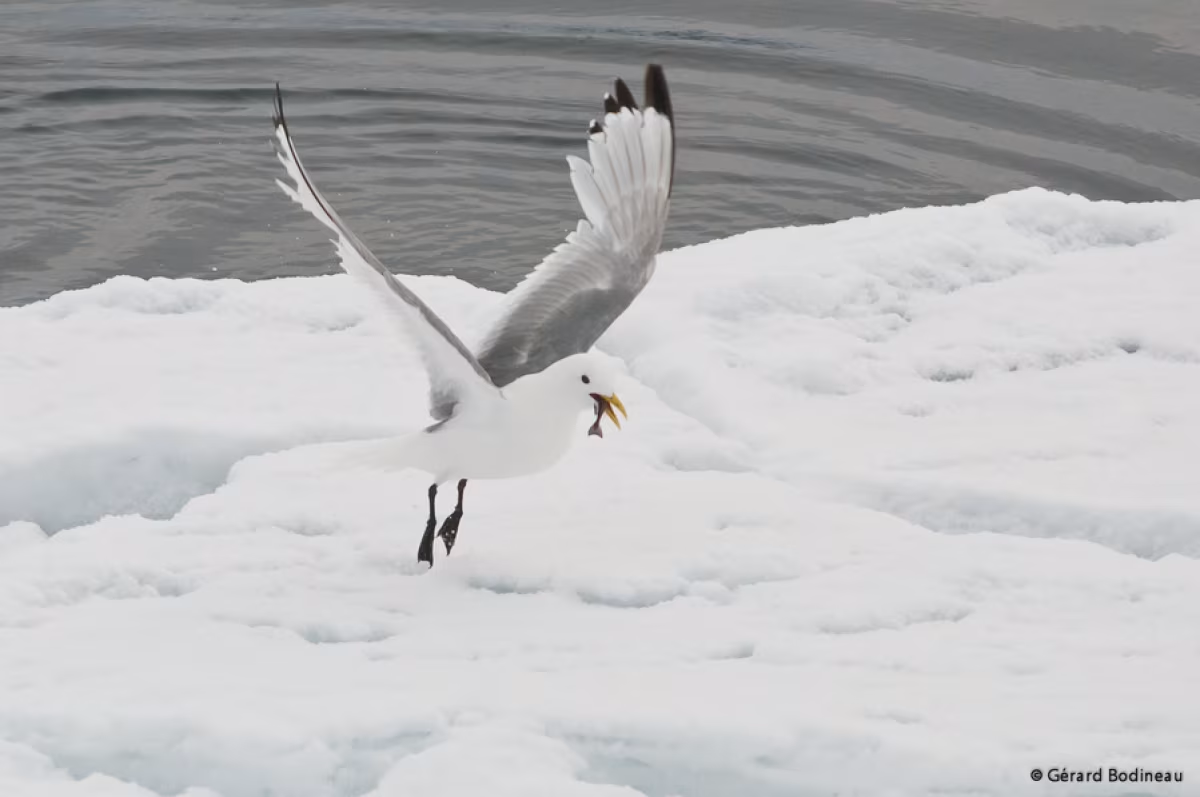
4. Svalbard reindeer
Once teetering on the edge of extinction, the Svalbard reindeer now thrives across this Arctic island chain. It can run up to 80 kph (50 mph) despite preferring a more sedentary existence, feeding on the islands’ many tundra regions.
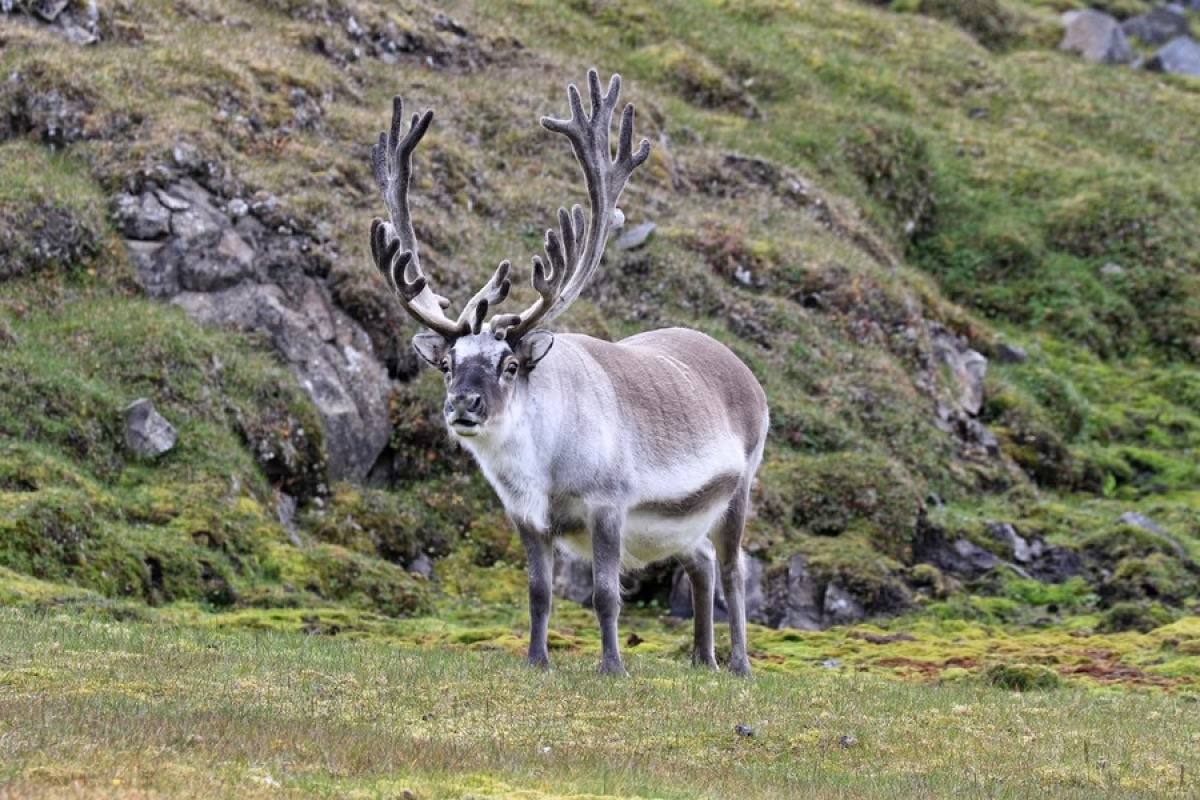
5. Humpback whale
This whale is known for the way it humps its back before a dive. You will probably first notice a nearby humpback whale by its spout, which can reach as high as 6 meters (20 feet) and be heard as far as 245 meters (800 feet) away.
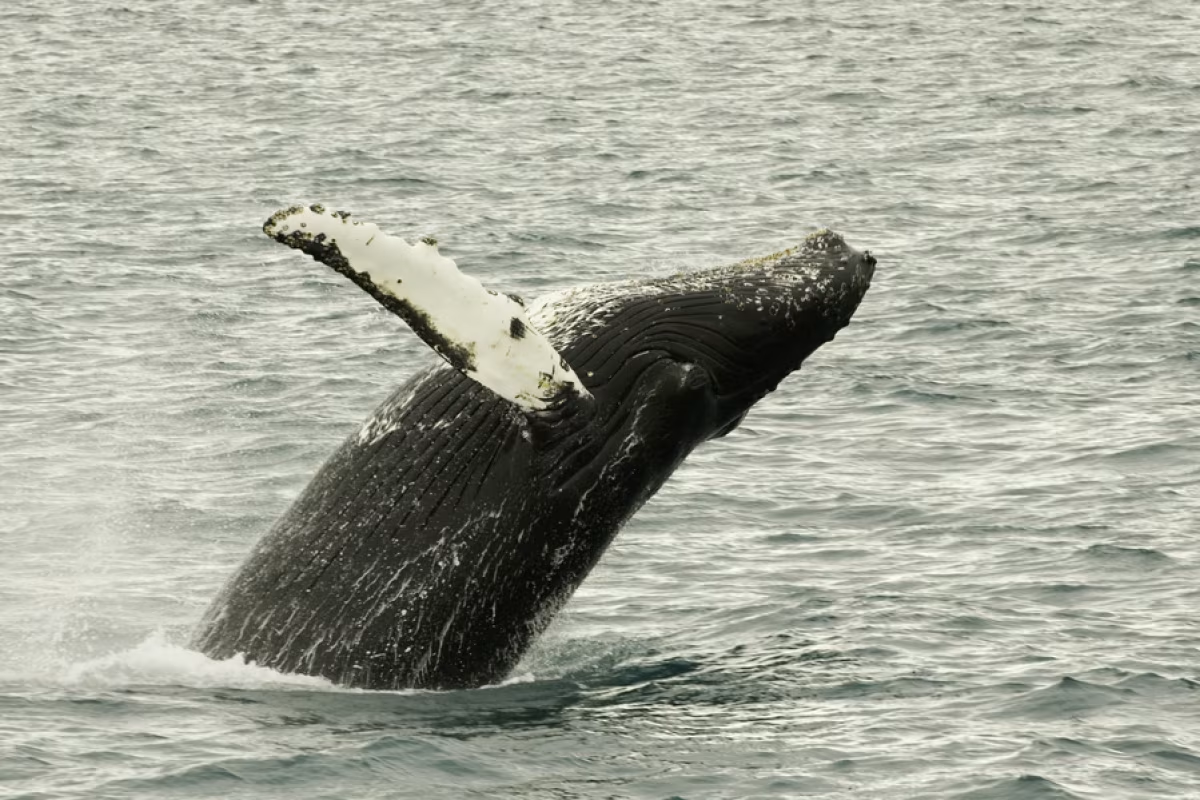
6. Little auk
Even more abundant in Svalbard than the kittiwake is the little auk, which forages in large flocks and creates breeding colonies that sometimes number in the millions. The little auk also grows faster than any other auk, which may partially explain its numbers.

7. Polar bear
Even though the polar bear is not technically among the more common animals we see in Svalbard, no list of Svalbard wildlife is complete without it – and you have a better chance of seeing one in Svalbard than perhaps anywhere else in the Arctic.
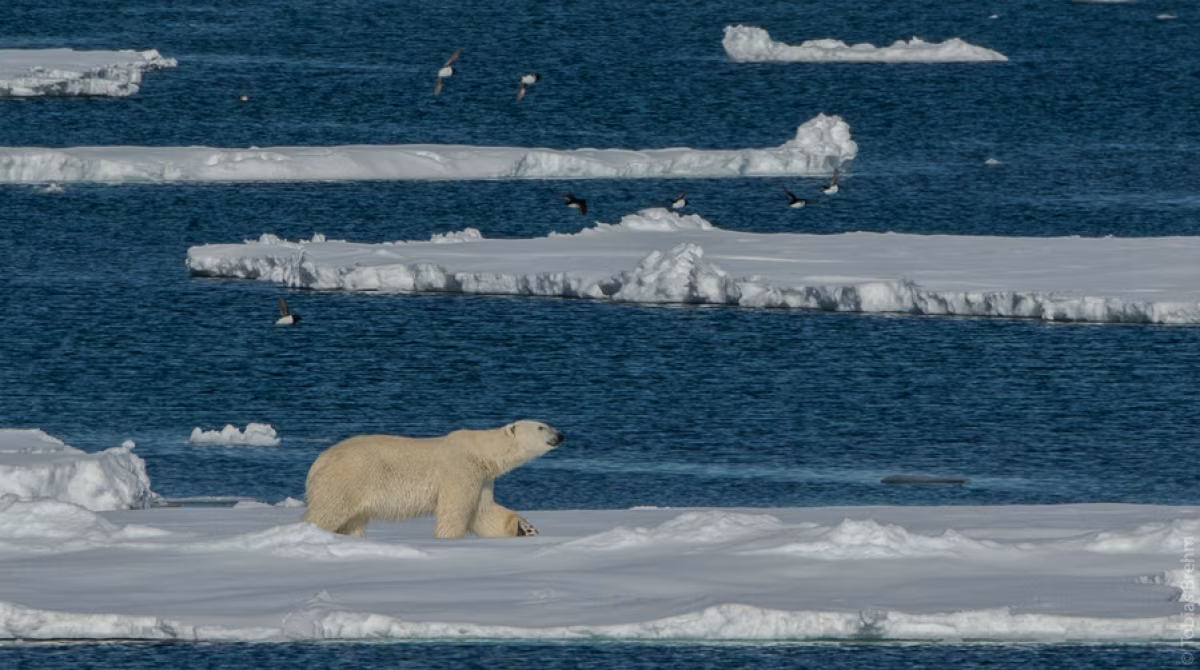
8. Harp seal
This species of seal has a reputation for spending most of its time at sea, and in fact its Latin name means “ice-lover from Greenland.” Still, the far-ranging harp seal is an oft-seen Svalbard habitant.
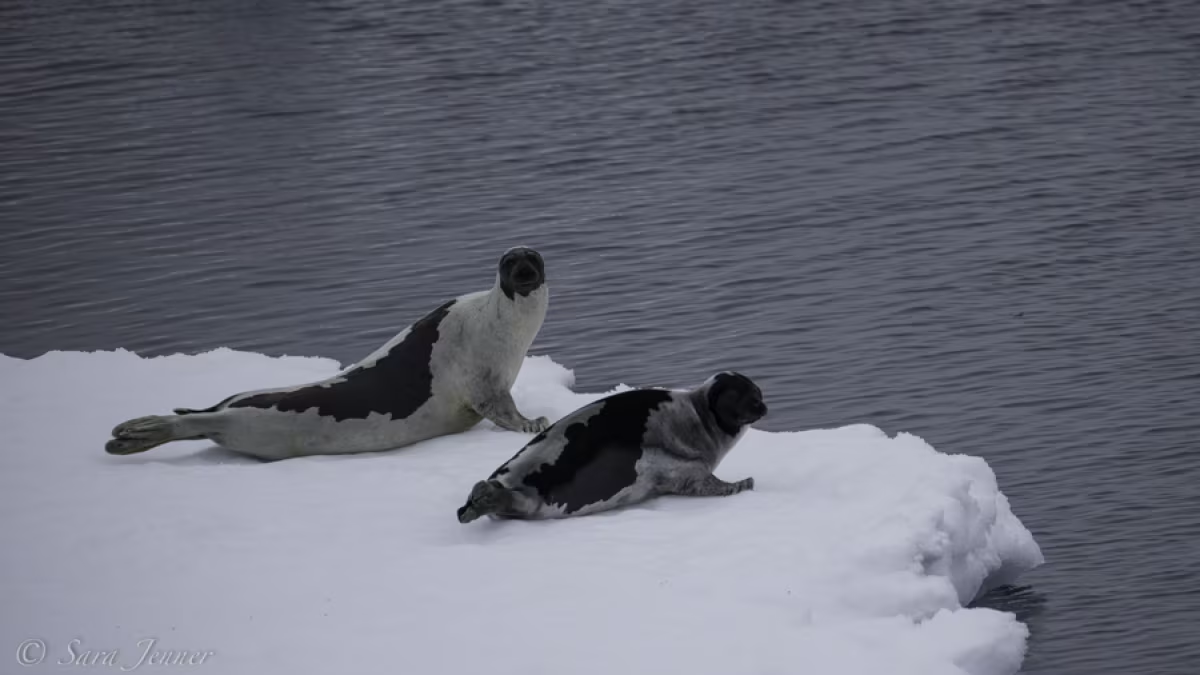
9. Black guillemot
The feathers of the black guillemot actually get whiter the farther north it is found, and scientists are still trying to work out why this Arctic bird is so particular about the way it holds fish in its beak.

10. Walrus
One of the core species of the Arctic is also found in great abundance around Svalbard. You’re probably more likely to see a walrus than most any other animal in the Arctic, whether you encounter it lounging in its large coastline harems or swimming just off shore.
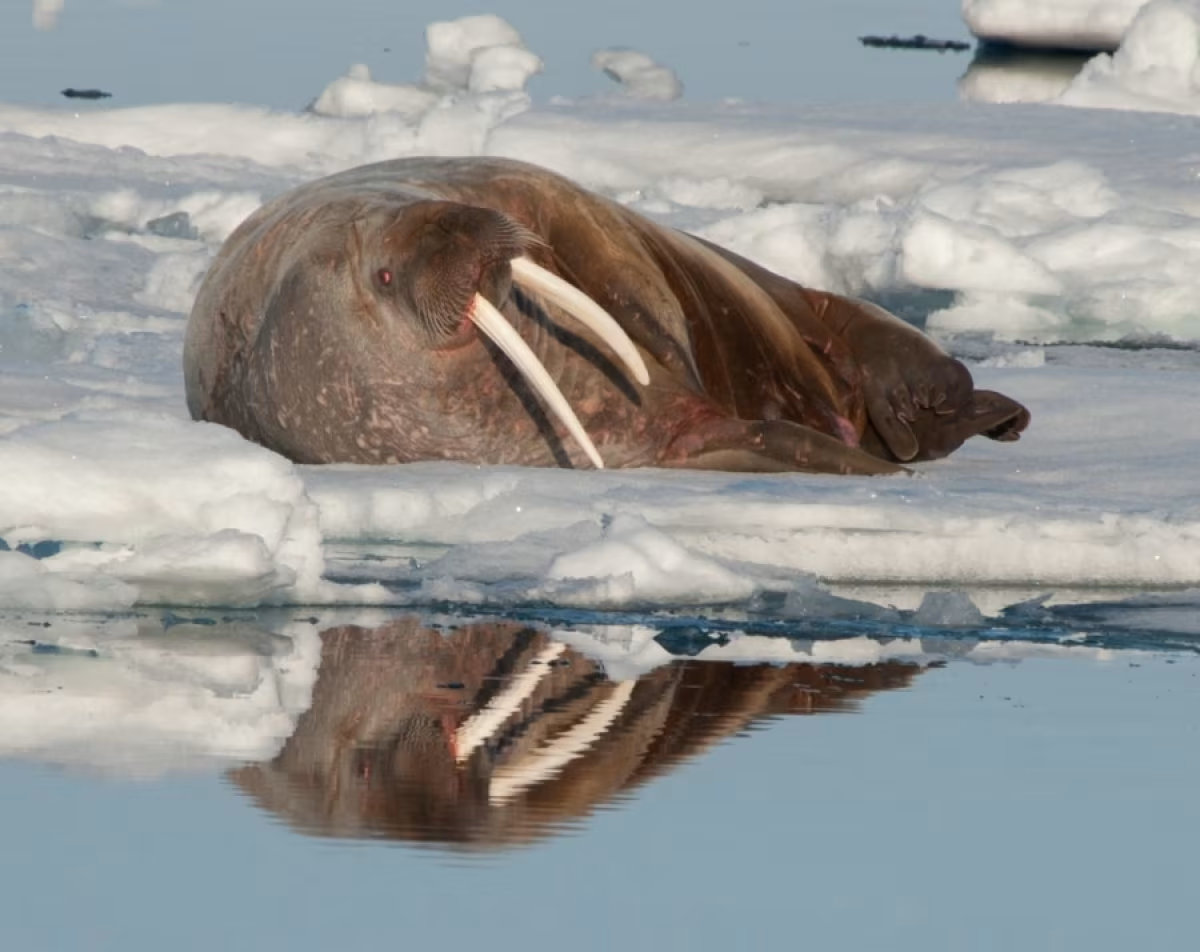
11. Minke whale
Along with the humpback, the minke whale is one of the more common cetacean sights we encounter around Svalbard. This whale, though among the smaller fin whales, is known for its loud vocalizations, which can reach 152 decibels – as loud as a plane taking off.
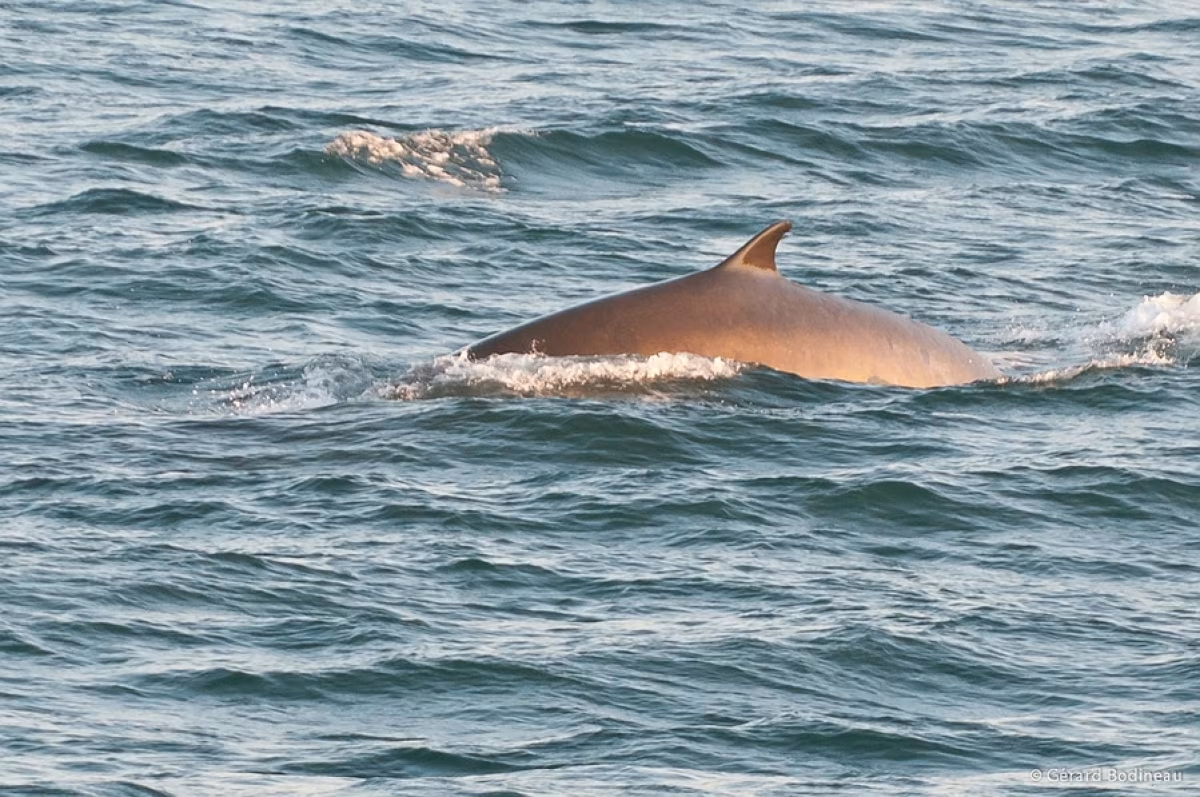
12. Puffin
The “sea clown” is probably the most recognizable bird in the Arctic, with a monk-like body coloration in direct contrast to its carnival-esque face. It is most often seen at sea on its own, though less frequently the puffin is spotted in colonies.
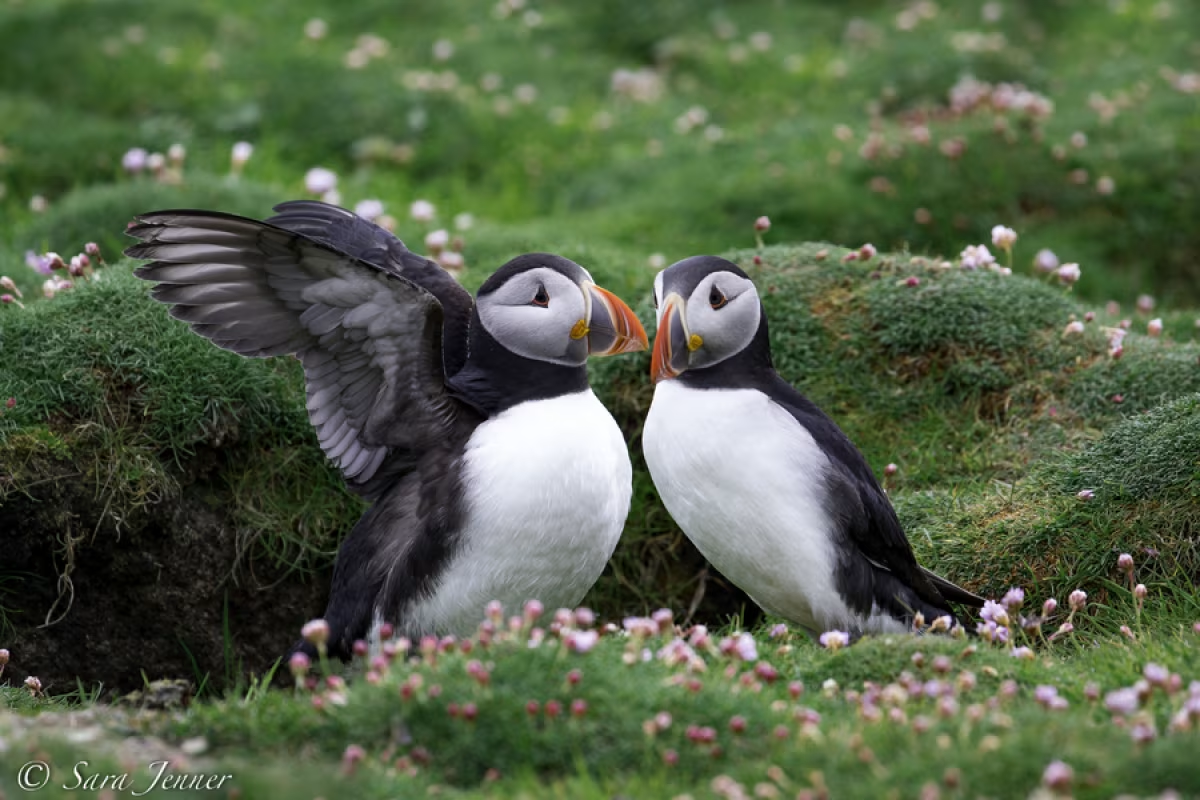
A last-minute disclaimer about Svalbard (and all other) wildlife
Though we hinted at this in the beginning, we should now state in no uncertain terms that we cannot guarantee you’ll see any of the Svalbard animals on this list. These species, while sometimes appearing en masse during one Svalbard trip, may be all but nonexistent on another.
All we can do on any expedition is keep our eyes open, our fingers crossed, and our expectations reasonable. At the very least you’ll see the Arctic, and that is inarguably an adventure in itself.




